Want to buy fancy bookshelf speakers? These are the best 3 for all budgets
We've tested 3 of the best bookshelf speakers – here's which rules and how much a pair will cost you
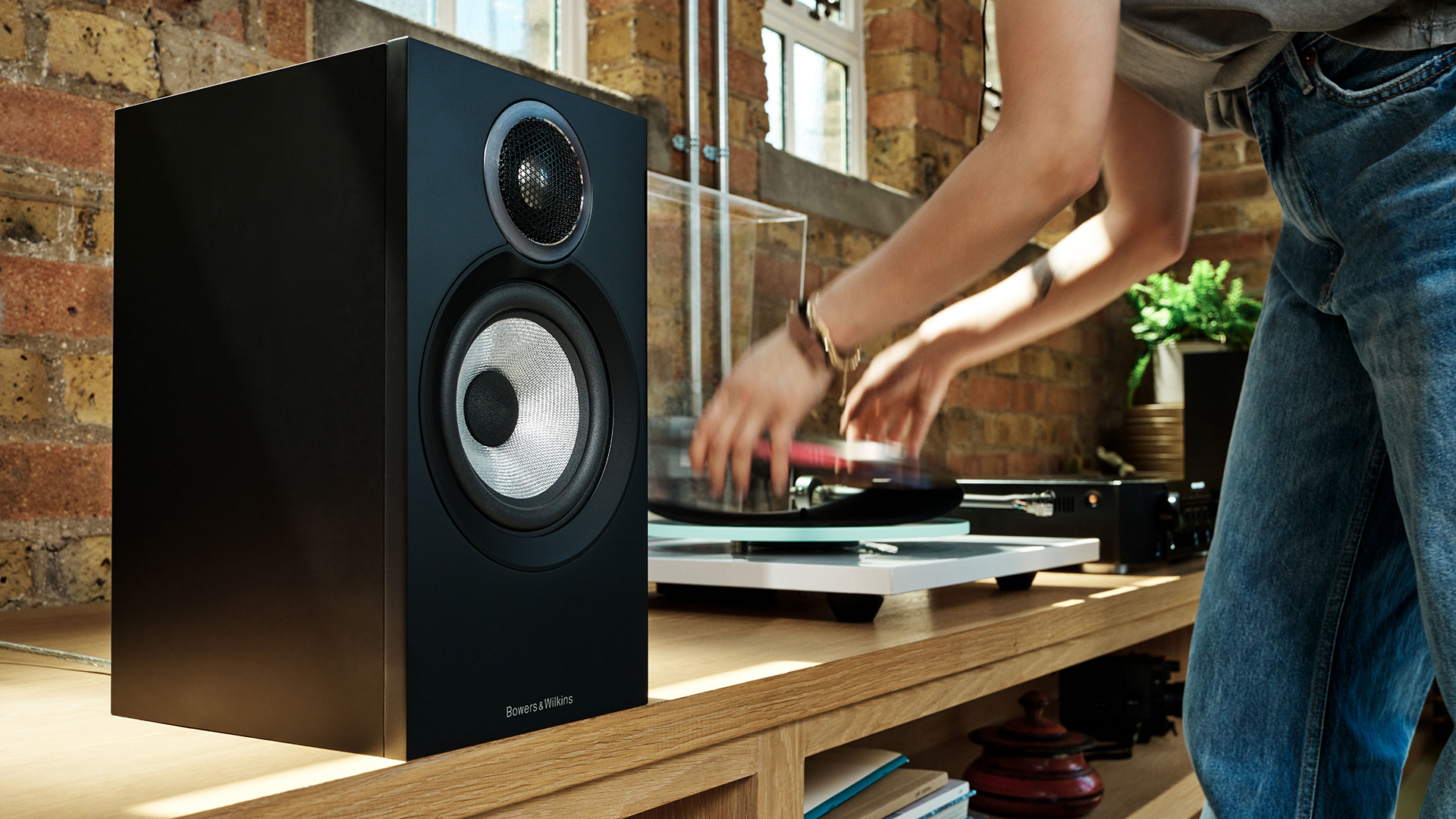

I’ve been testing, reviewing and writing about audio equipment for over two decades now. That’s long enough to have seen entire product categories born and die – MiniDisc, anyone? It's also been ample time to have seen categories that have had the last rites read to them on numerous occasions not only continue to dodge the coffin but to thrive. Vinyl and record players are the most obvious example.
Loudspeakers is another category that just endures. The basic technology hasn't been altered in around a century – an actual lifetime, not just a lifetime in technology terms – but people’s desire for good speakers hasn’t diminished. Quite the opposite, in fact – there are so many loudspeaker brands out there, because demand simply hasn’t gone away.
It’s been my pleasure testing not only the best floorstanding speakers, but also a significant number of the best passive bookshelf speakers – and I'm here to present you with three pairs that I think are the best-sounding, and therefore represent the best value, at their price.
While it’s true to say all three of these pairs of loudspeakers are passive – because they need electrical impetus from an amplifier in order to produce sound – quite honestly the effect they have on anyone fortunate enough to be listening to them is anything but passive. The sound they make is engaging, immersive, and basically the complete opposite of what a tepid, undemonstrative word like ‘passive’ implies.
T3's Top 3
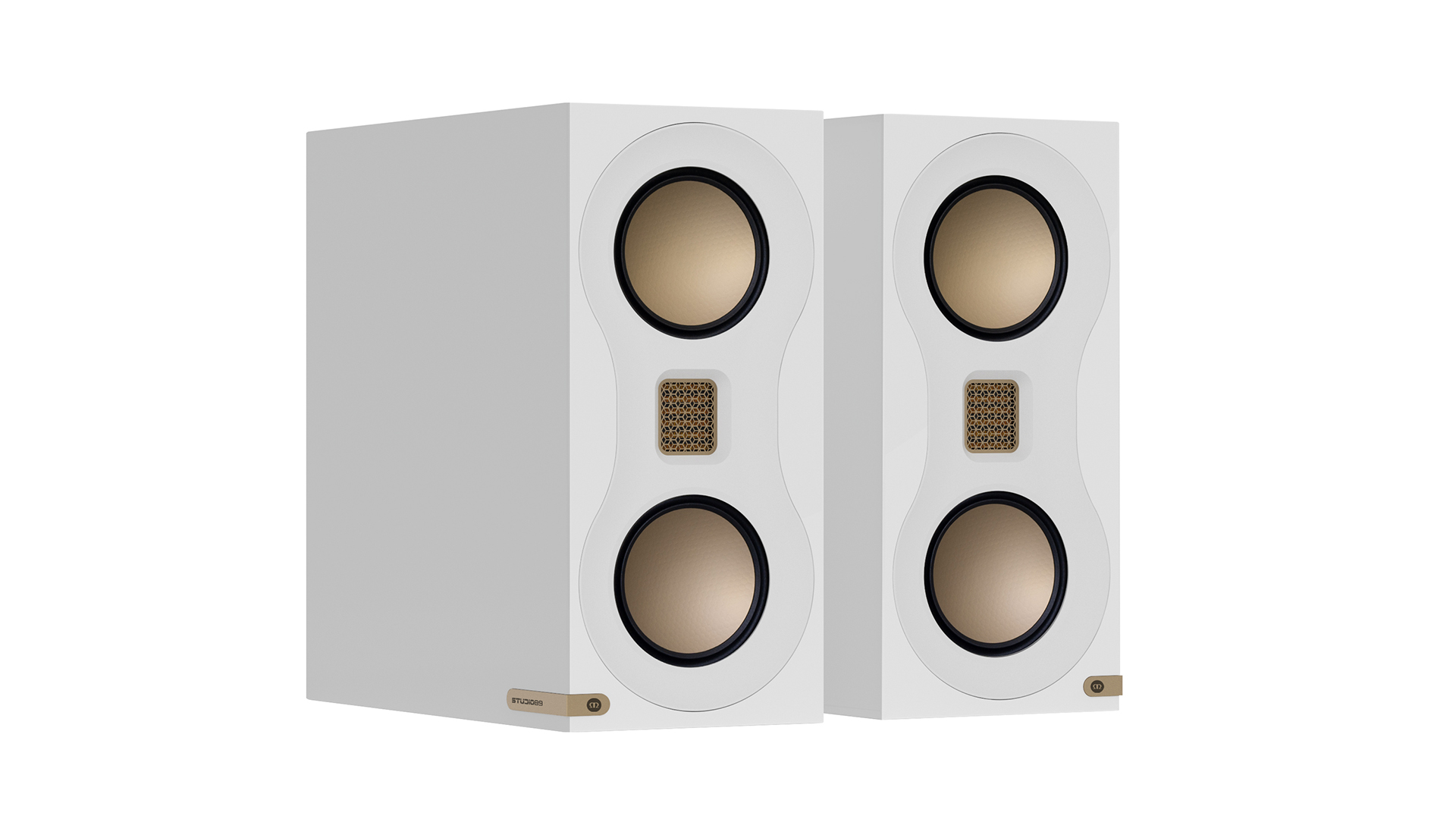
Some brands dip into the glories of their back catalogue because they’re unwilling to move forward. Monitor Audio, it hardly needs saying, is not one of those brands. Yes, the ‘Studio’ was the company’s most aspirational range back in the day – but the new Studio 89 doesn’t share much with those older models beyond the name. This is an entirely new, cutting-edge design. The fact that it adopts technologies that debuted in the company’s ‘Hyphn’ loudspeaker (yours for ~70K per pair) only reinforces the point. Monitor Audio is confident enough to attach some 80s-tastic badging because it knows this speaker is as modern as they come.
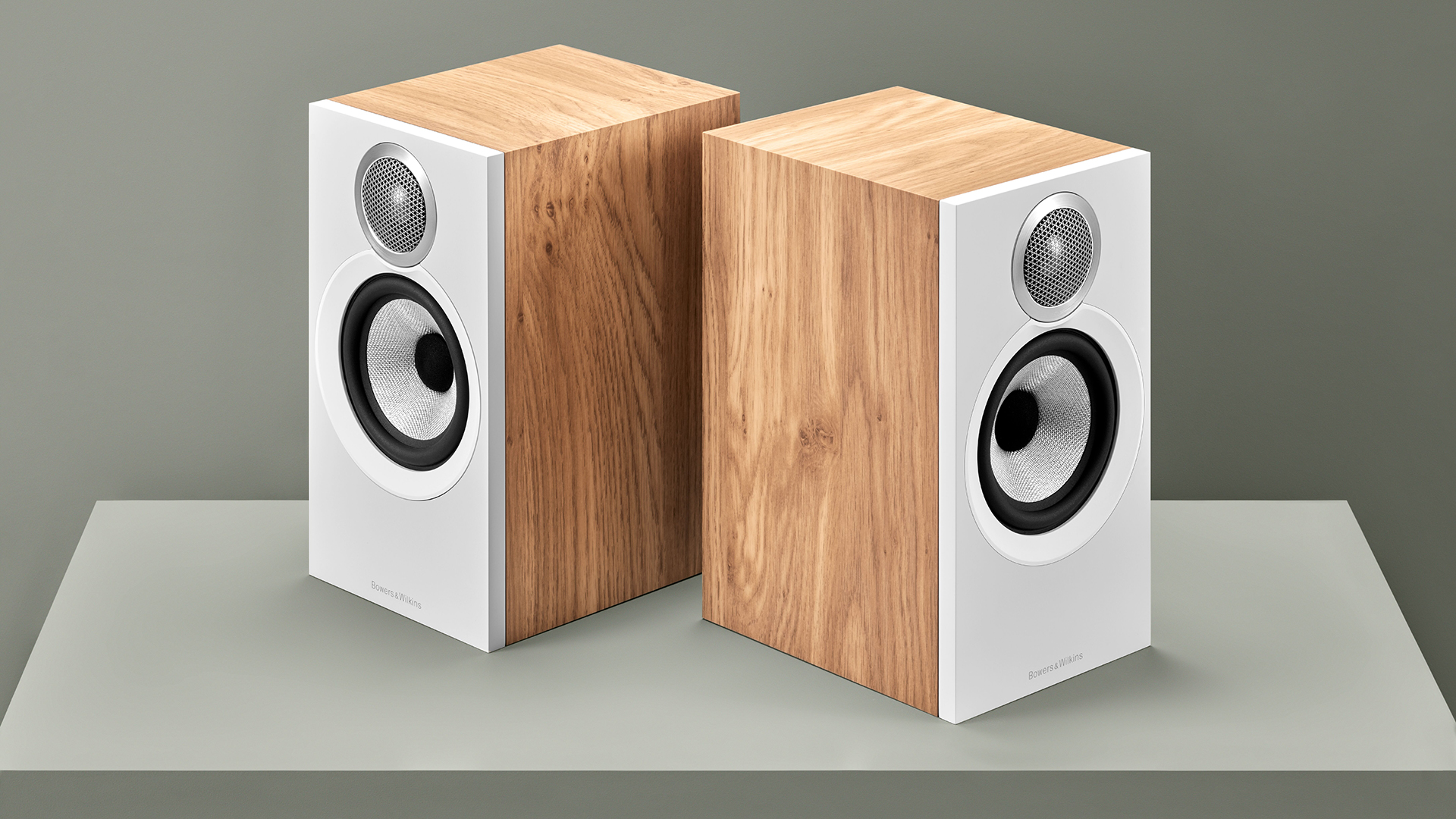
Sure, Bowers & Wilkins has passive loudspeakers in its line-up that cost more than a fully loaded German SUV. But it has never ignored what’s sometimes called ‘the entry level’ – and the smallest speaker in its most affordable range represents quite remarkable value for money. The 607 S3 punches well above its weight when it comes to outright sound quality – and as an object, it gives no indication of having been in any way built down to a price. Small can be beautiful, and ‘affordable’ (in relative terms) doesn’t have to be a synonym for ‘compromised’. Bowers & Wilkins has been proving this for years – the 607 S3 is just its latest demonstration.
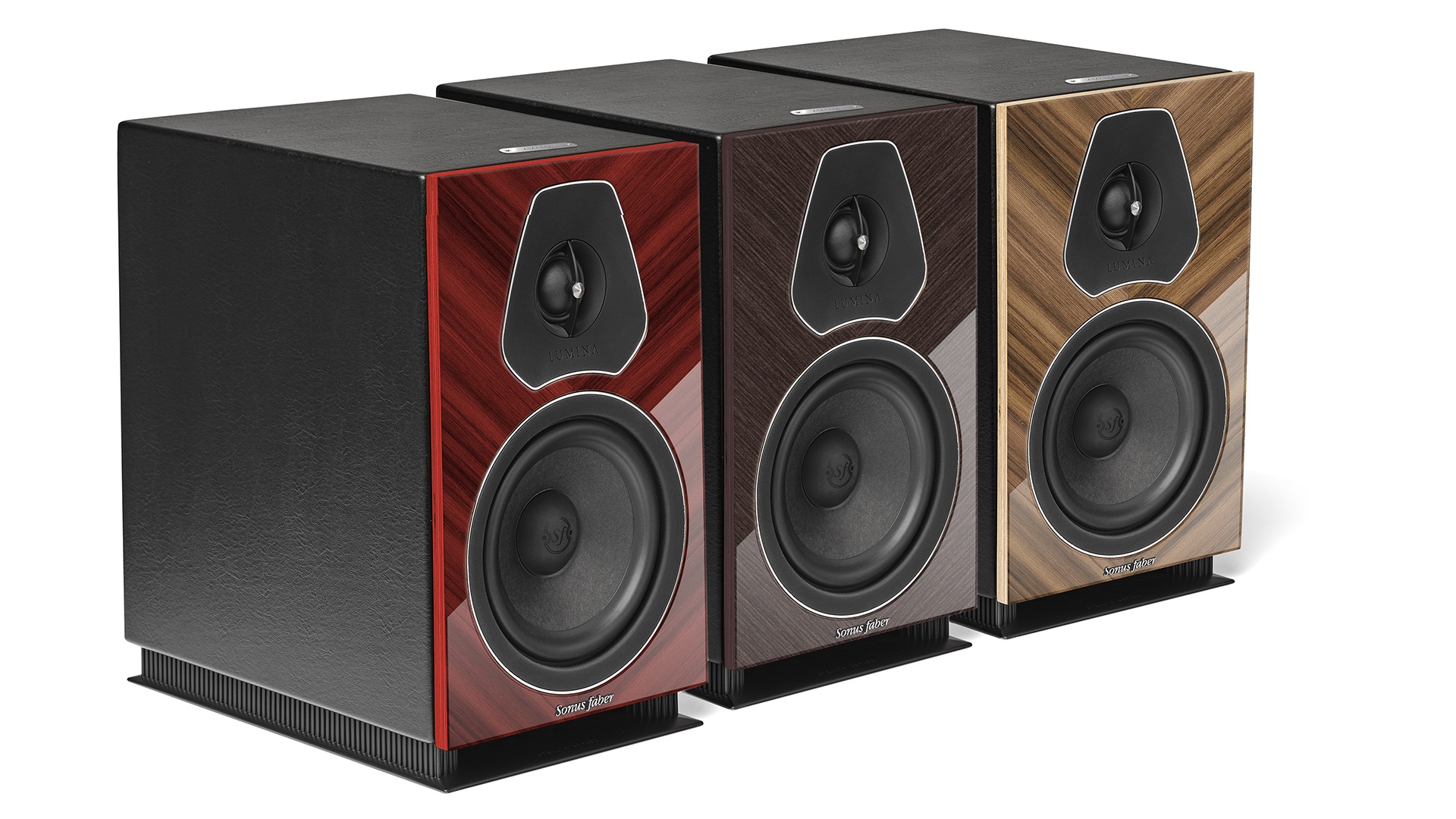
Plenty of companies will sell you a well-made, nicely finished loudspeaker, of course. But none of them can do it for you to the sort of extraordinary standard that Sonus Faber of Vicenza routinely achieves. The Lumina II Amator is the essence of the company’s artisanal skills – the craftsmanship, the quality of the cabinet-work and the flawless, lustrous finish make these speakers almost as enjoyable to look at (and, if you promise to be careful, to touch) as they are to listen to. And that’s saying something, because the Lumina II Amator is an uncomplicatedly thrilling listen, no matter the sort of music you like to play.
Monitor v Bowers v Sonus Faber: Pricing
Loudspeakers, of course, are the last link in your hi-fi chain – in order to perform they need to be attached to an amplifier that is, in turn, attached to a source of music.
And every time, the price of a pair of speakers pretty much dictates the approximate price of the electronics they’re working with – after all, there’s no point in spending big money on speakers if the system they’re on the end of isn’t capable of maximising their potential, just as expensive electronics are wasted if they’re partnering very affordable speakers.
Bowers & Wilkins
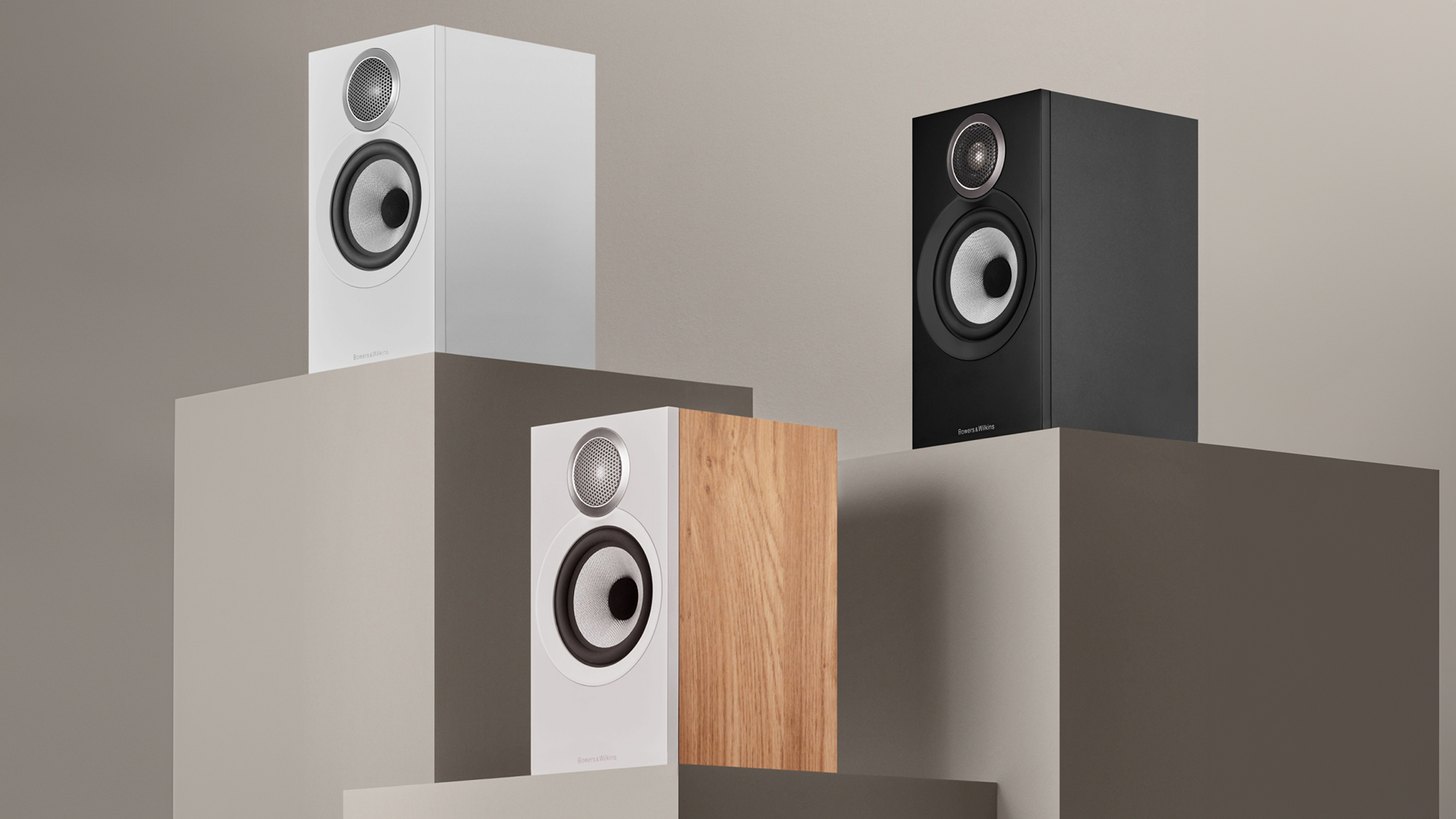
The Bowers & Wilkins 607 S3 go for no more than £599 ($900 / AU$1,149) a pair – and if you can’t find them at least a little cheaper even than this, you’re not really trying.
Get all the latest news, reviews, deals and buying guides on gorgeous tech, home and active products from the T3 experts
This modest outlay buys a two-way speaker fitted with a 25mm double-dome tweeter and 130mm Continuum mid/bass driver – both of which are technologies that appear in much more expensive Bowers & Wilkins designs.
A rear-facing reflex port is positioned above bi-wire speaker cable terminals, and the cabinet is vinyl-wrapped in either back, white or light(ish) oak finishes. Magnetically attached grilles complete a package that’s harmonious in its look and quite purposeful in its specification.
Monitor Audio
Monitor Audio launched its Studio 89 model at £2,000 ($2,749 / AU$3,999) per pair, and it’s been such a success that you shouldn’t really expect to see them with more than £1 off that asking price.
Your money gets you a quite strangely proportioned loudspeaker that’s a fair lot taller and deeper than it is wide – but there’s room for a vertical, copper-coloured driver array of an MPD III pleated diaphragm tweeter between a pair of 108mm RDT III mid/bass drivers. This ‘vertical symmetry’, says Monitor Audio, offers superior sound dispersion.
A pair of narrow velocity ports on the rear of the cabinet have a single pair of cable terminals between them. A matte white finish has recently joined the original gloss black – and there are no grilles, because why would you want to underplay the drama of those looks?
Sonus Faber
At no more than £1,299 ($1,499 / AU$2,995) a pair, the Lumina II Amator is far from the most expensive model in the Sonu faber line-up – but as long as you ignore the rather humdrum plastic plinth each speaker stands on, there’s no indication that it’s anything but high-quality business as usual.
Sonus Faber’s patented ‘damped apex dome’ tweeter, which appears in models way more expensive than this, is here in 29mm guise and it sits above a 150mm paper mid/bass cone. There’s a bass reflex port beneath the driver array, and at the back of the cabinet there’s a set of bi-wire speaker cable terminals.
All of this hardware sits in a cabinet for which the description ‘easy on the eye’ is rather lame – leather inserts surround the drivers, while the bulk of the cabinet is finished in glossy real wood veneers in a choice of shades.
Monitor v Bowers v Sonus Faber: What's Unique?

Fundamentally, one passive loudspeaker is very much like another – after all, they only do That One Thing. But each of these pairs of speakers has a little hint of individuality in the way it goes about its business.
Bowers & Wilkins
Have a look at the Bowers & Wilkins 607 S3, for example, and you’ll see the mid/bass driver is mounted further up the front of the cabinet than is usual – it’s so high, in fact, its surround intersects with the surround of the tweeter above it.
The company suggests this aids integration between the drivers and allows the mid/bass unit to create more energy.
Both parts of the dome of the tweeter are made of titanium (for a more refined, more detailed and generally sweeter sound), and the tube-loading system behind it is longer than normal in an effort to minimise standing waves affecting its output.
Monitor Audio
The rather dramatic appearance of the Monitor Audio Studio 89 is not by accident.
The RDT III mid/bass drivers at the top and bottom of the array are a refinement of the ‘C-CAM’ technology the company has been obsessed with for years – three very thin layers of ceramic-coated aluminium/magnesium, carbon weave and Nomex honeycomb create a light, responsive unit driven by a motor system with a magnet that’s larger than the cone itself.
The MPD III tweeter unit, meanwhile, acts a little like an accordion for smooth, speedy high-frequency response – and its square radiating area is intended to deliver equal directivity both horizontally and vertically.
Sonus Faber
Aside from the quality of its craftsmanship, the most intriguing aspect of the Sonus Faber Lumina II Amator (apart from the word ‘Amator’ itself, which translates more-or-less directly as ‘beloved’) isn’t visible.
The company has learned a lot from its high-end Guarneri G5 and Amati ranges (prices start at around ~15K) and has adopted a new crossover design that features a reworked layout and upgraded components.
It’s also shifted the crossover point between tweeter and mid/bass driver and improved sensitivity – all of which is intended to improve sonic performance.
Monitor v Bowers v Sonus Faber: Sound Quality
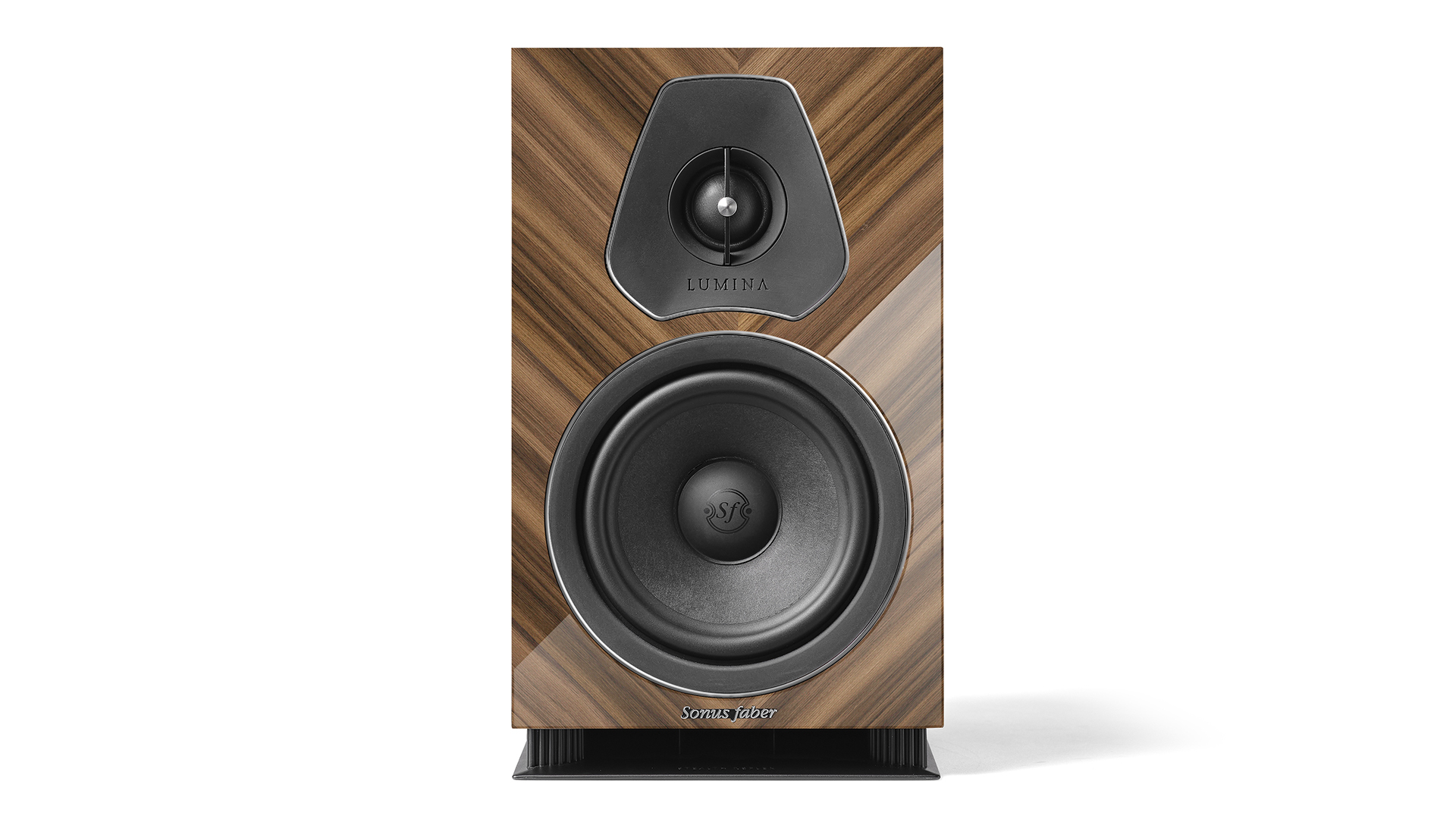
Some things can quite easily be described as ‘best’, of course - the winner of the 100m at the Olympic Games, for instance, can confidently be called the ‘best’ sprinter. ‘Best sound’ is rather more subjective - but what’s for sure is that each of these three pairs of speakers produce very enjoyable and accomplished sound when judged against the best of their price-comparable rivals.
Bowers & Wilkins
The Bowers & Wilkins 607 S3, for instance, are a remarkably enthusiastic, entertaining and expressive listen by the standards of compact £500-per-pair speakers. They express the dynamic variations in a recording well, sound open and organised, and are able to tease out the finer details of a recording without sounding prissy about it. ‘Perky’ is not always a positive when it comes to sound - it can quite readily tip over into ‘tiring’. But the 607 S3 pull off the fairly difficult trick of managing to sound exciting without sacrificing poise, or balance, or control. They’re cohesive and coherent, and are capable of being serious when the music demands it - but they never lose sight of the fact that music is very often supposed to be fun.
Monitor Audio
The Monitor Audio Studio 89, too, sound a lot like they’re enjoying themselves. Yes, they can create a large, properly defined soundstage and give each element on it plenty of elbow room. Yes, they can extract, reveal and contextualise a huge amount of detail if it’s there in the recording in the first place. Yes, they create an almost tangible sensation of ‘performance’ - the unity and togetherness of their presentation is deeply impressive. And yes, they have the sort of dynamic headroom that makes the difference between the gentlest moments of a recording and the most intense absolutely apparent. All of this technical stuff is achieved with an almost casual authority. But most of all, they sound like they enjoy your favourite music just as much as you do.
Sonus Faber
By way of mild contrast, the Sonus faber Lumina II Amator are a slightly less demonstrative, slightly more judicious listen. The rich and substantial nature of their sound is a quite close match for the glossiness and good taste of their looks - yet they manage to balance the luxuriousness of their overall character with more than a hint of drive and dynamism. Their midrange reproduction, in particular, is spectacular - voices, while nicely tied into the overall performance, manage to project well, and all of the minutiae of a singer’s attitude, as well as of their technique, is delivered with great eloquence. ‘Considered’ does not mean ‘dull’, and it can be a profoundly enjoyable sonic stance to adopt - as the Lumina II Amator admirably demonstrate.
Monitor v Bowers v Sonus Faber: Which wins?
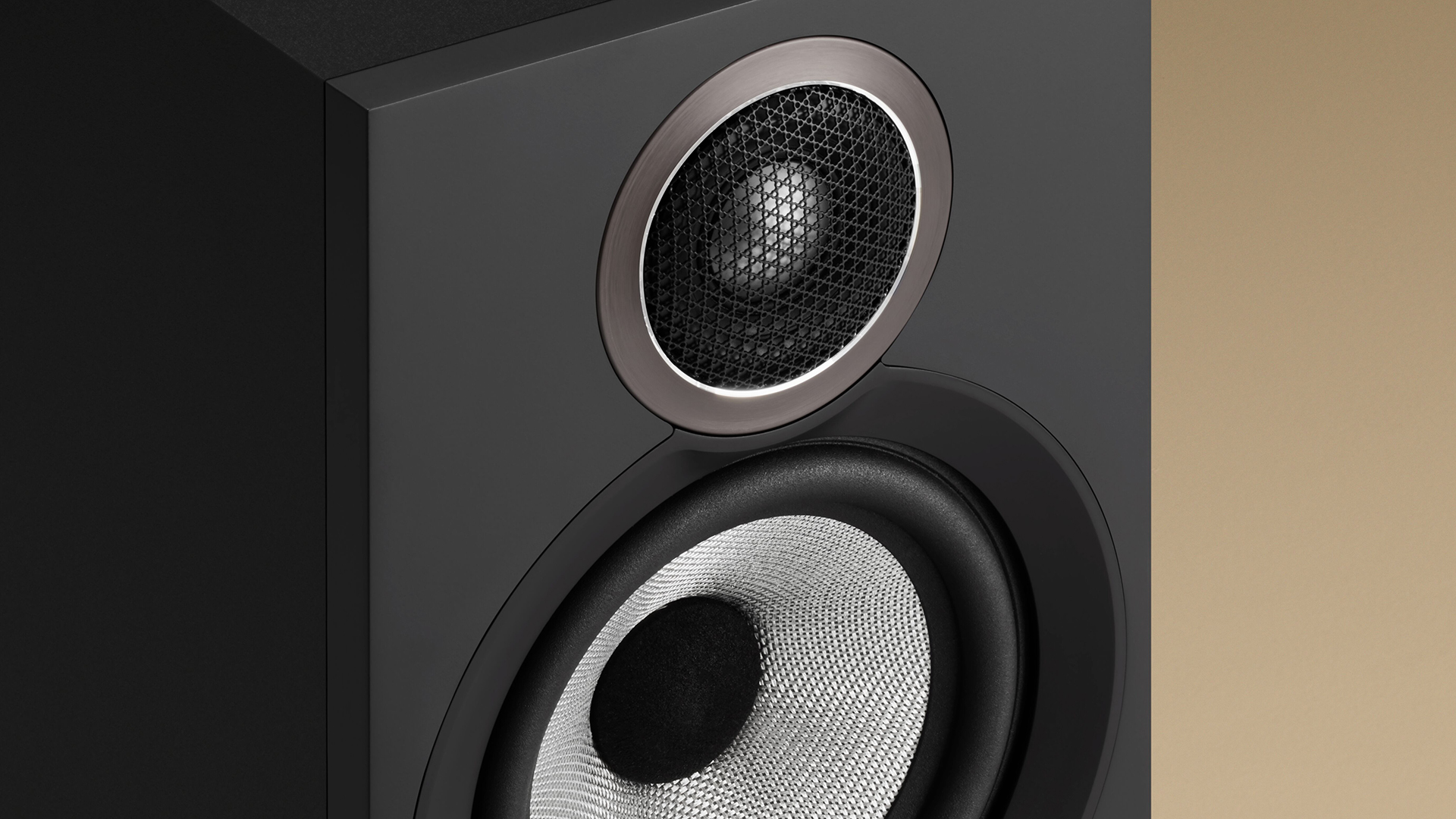
Happily, all three of these pairs of passive standmount loudspeakers is ‘best’ – and I don’t mean that in a ‘primary school Sports Day and everyone gets a medal’ kind of way. The long and short of it is, there’s currently no better way of spending either these respective price points on a pair of reasonably compact speakers.
Having said that, of course, I know which pair I’d like if money was no object – it’s the Monitor Audio Studio 89. They’re such a complete and accomplished listen, so engaging on both the intellectual and the visceral level – and I am well into the way they look, too.
But having said that, there would be nothing disappointing about ownership of either the Bowers & Wilkins 607 S3 or the Sonus faber Lumina II Amator. They’re both outstanding performers at their respective price points and will prove very rewarding over the long term.
So yes, like I said: they’re all ‘best’. Which is nice.
Simon Lucas is a freelance technology journalist and consultant, with particular emphasis on the audio/video aspects of home entertainment. Before embracing the carefree life of the freelancer, he was editor of What Hi-Fi? magazine and website – since then, he's written for titles such as Wired, Metro, the Guardian and Stuff, among many others. Should he find himself with a spare moment, Simon likes nothing more than publishing and then quickly deleting tweets about the state of the nation (in general), the state of Aston Villa (in particular) and the state of his partner's cat.
You must confirm your public display name before commenting
Please logout and then login again, you will then be prompted to enter your display name.
